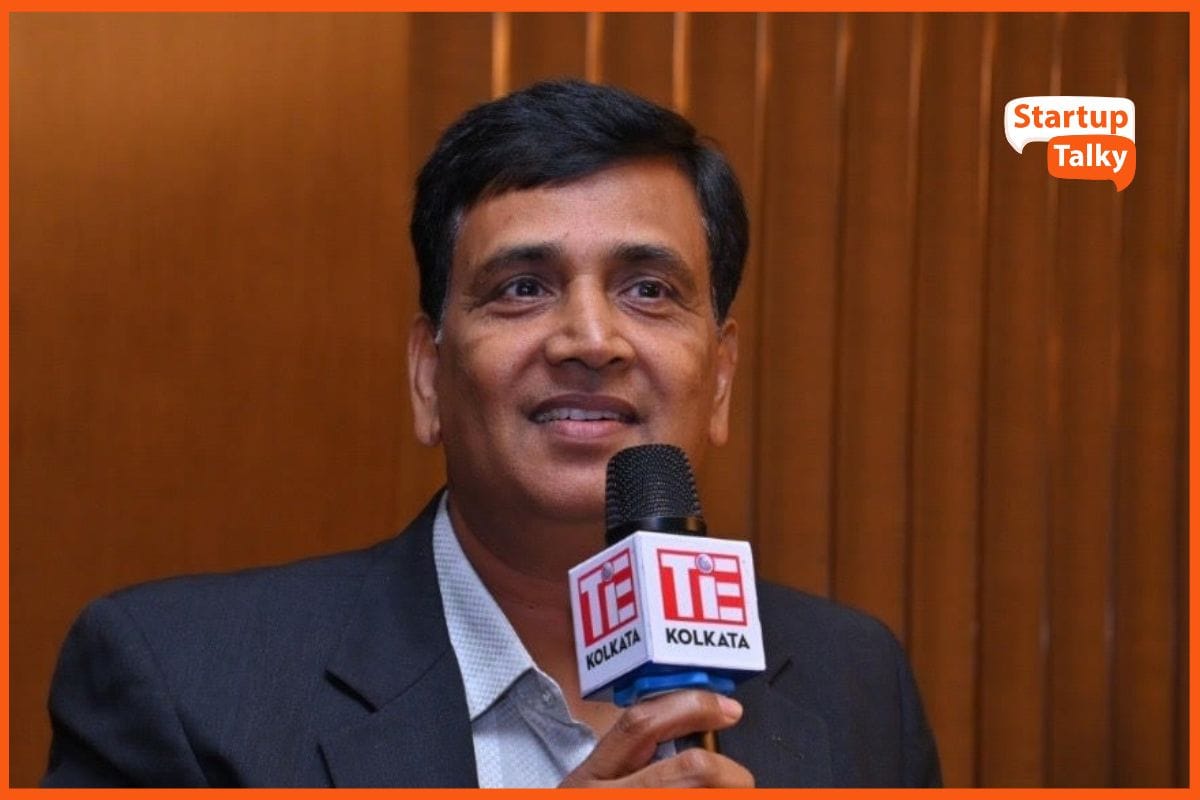This article has been contributed by Ravindra Prabhakar, CEO, Orbit & Skyline
India’s semiconductor story has captured global attention. With projections placing the domestic semiconductor market at nearly $100 billion by 2032, the narrative is compelling: a nation of 1.4 billion people, hungry for digital transformation, becoming a key pillar in the global chip supply chain. Semiconductors today are the “new oil,” fuelling everything from smartphones and AI systems to defence technologies and electric vehicles.
Yet, beyond the headline figures lies a crucial question: Can India realistically transform into a world-class semiconductor hub within less than a decade? The answer requires looking at past announcements of fab projects and examining the market forces, policy frameworks, global lessons, and systemic gaps that will ultimately shape India’s trajectory.
India’s Tripling Market Opportunity
India’s semiconductor market, currently valued at approximately $45-50 billion (2024-2025), is expected to triple within the next eight years. This growth is fuelled by structural shifts: the rollout of 5G, accelerated EV adoption, surging consumer electronics demand, and strategic requirements in defence and aerospace.
Domestic demand itself justifies investment in fabs, assembly units, and design houses. Semiconductors are not only about chips; they are about enabling an industrial multiplier effect, boosting electronics manufacturing, creating high-value jobs, and driving innovation-led exports. If tapped correctly, this growth wave could make India one of the most lucrative markets for both global investors and homegrown players.

State-Led Policy Competition
The India Semiconductor Mission (ISM) has created momentum, but much of the action is now playing out at the state level. Gujarat, Assam, Tamil Nadu, and Uttar Pradesh are competing vigorously to attract semiconductor projects, offering generous subsidies on land, utilities, and training. Some of these initiatives range from the enormous $10 billion fab investment that Tata Electronics Private Limited announced to Micron Technology’s more than $2.75 billion total investment in the establishment of an assembly, testing, marking, and packaging (ATMP) factory. Additional projects include a semiconductor facility in Uttar Pradesh, two manufacturing facilities in Sanand, Gujarat, and an outsourced semiconductor assembly and test (OSAT) unit in Assam.
This competitive federalism has yielded positive results: dedicated electronics parks, skill development initiatives, and infrastructure buildouts are already underway. However, there are risks. Fragmentation of incentives and duplication of efforts could dilute resources and slow ecosystem formation.
For India to truly succeed, policy competition must be aligned with a coordinated national strategy, one that ensures collaboration rather than cannibalisation among states.
Lessons from Global Leaders
Global semiconductor leaders offer critical lessons.
- Taiwan (TSMC model): Built its dominance through decades of state backing, deep ecosystem integration, and an unrelenting focus on process technology leadership.
- South Korea: Leveraged its chaebols, like Samsung, integrating policy incentives with corporate R&D and global expansion.
- United States & European Union: Recently enacted the CHIPS Act and EU Chips Act to reduce supply chain dependencies and strengthen domestic capacity.
The common thread is clear: semiconductor self-sufficiency is a decades-long project, not a one-time announcement. Each of these regions invested consistently in talent density, supplier ecosystems, IP creation, and R&D infrastructure before achieving global leadership.
India must internalise this. It cannot shortcut its way to semiconductor sovereignty; it must build patiently, strategically, and sustainably.

What India Must Fix to Succeed

- Talent & Workforce Readiness: By 2030, India is expected to need nearly 275,000–300,000 skilled semiconductor professionals. Today, only a fraction of engineers are fab-ready. While India has strong design talent, it lags in cleanroom operations, process engineering, and tool maintenance. The urgent need of industry-academia collaboration, and curriculum redesign will determine whether India can build a globally competitive workforce.
- Infrastructure & Supply Chain: Semiconductor fabs demand world-class infrastructure, reliable power, water, cleanrooms, and logistics. While states are building this, India still depends heavily on imports for raw wafers, gases, and specialty chemicals. A resilient local supply chain for these inputs is non-negotiable if India aims to reduce dependencies.
- Services & Operational Ecosystem: Building fabs is only half the battle. Keeping them running at world-class uptime levels is where the true challenge lies. Mature ecosystems like Taiwan and Korea thrive because of an extensive network of service providers who handle tool installation, predictive maintenance, lifecycle parts management, and process optimisation. India must invest in this services backbone to ensure fabs operate efficiently and competitively.
- Policy & Execution Consistency: Semiconductors require patient capital and long-term stability. Policy uncertainty or bureaucratic hurdles can derail momentum. India must ensure streamlined approvals, transparent incentive structures, and unwavering policy continuity beyond electoral cycles.
The Future at A Pragmatic Glance
Can India achieve a $100 billion semiconductor market by 2032? The answer is yes, but not if the focus remains only on building fabs. Success lies in creating a full-stack ecosystem: from compound semiconductors and ATMP units to fab support services, design IP, and workforce pipelines.
India does not need to replicate Taiwan or Korea overnight. Instead, it must carve out its own niche, leveraging strengths in design, software, and engineering services, while gradually scaling manufacturing capabilities. Strategic partnerships with global OEMs, service providers, and academia will accelerate this journey.
If India gets its people, processes, and policies right, it can transform from a promising market to a credible global hub. If not, it risks falling into the “assembly trap” of hosting fabs without building the depth needed to sustain them.
India has a golden window of opportunity to write its semiconductor story. The $100 billion target is not a sprint but a marathon. Success will not be defined by the number of fabs announced but by the robustness of the ecosystem behind them, the engineers, service providers, suppliers, and institutions that keep fabs running and innovating.
With patience, persistence, and policy discipline, India can rise from being a large consumer market to a globally competitive semiconductor hub, not just assembling chips but shaping the future of chipmaking itself.


Leave a Reply